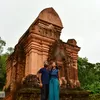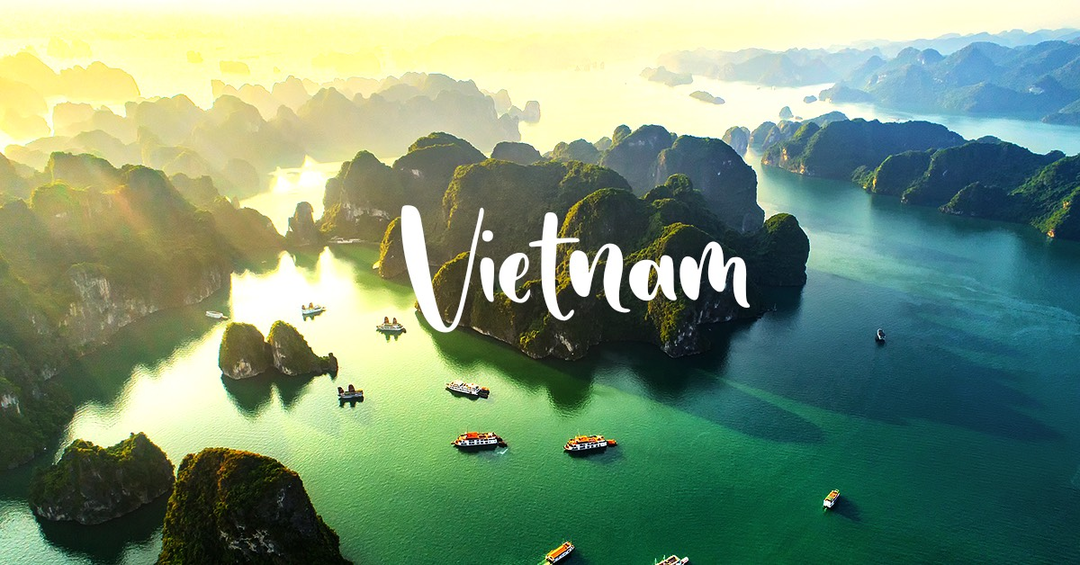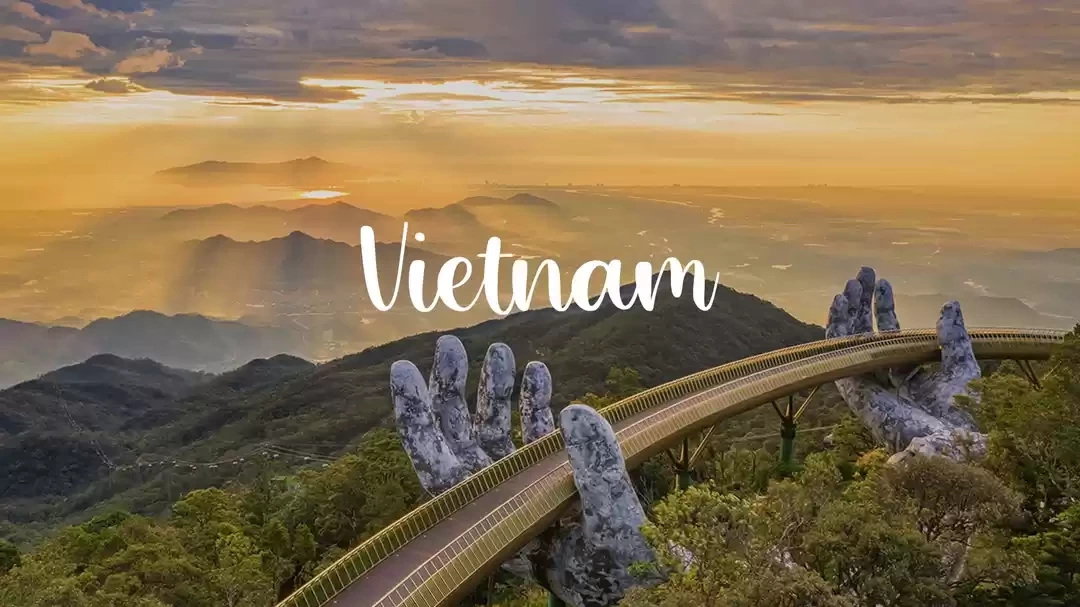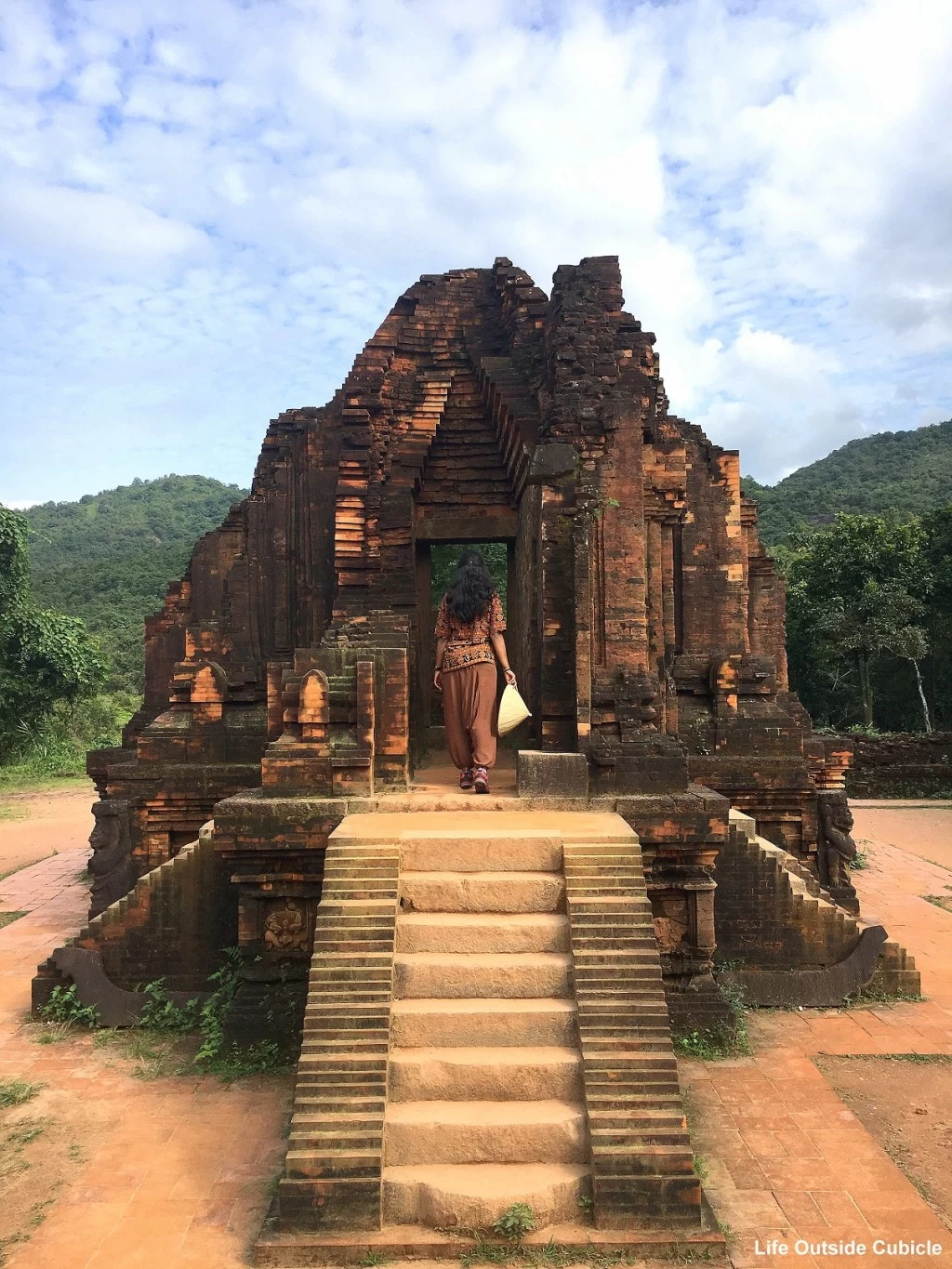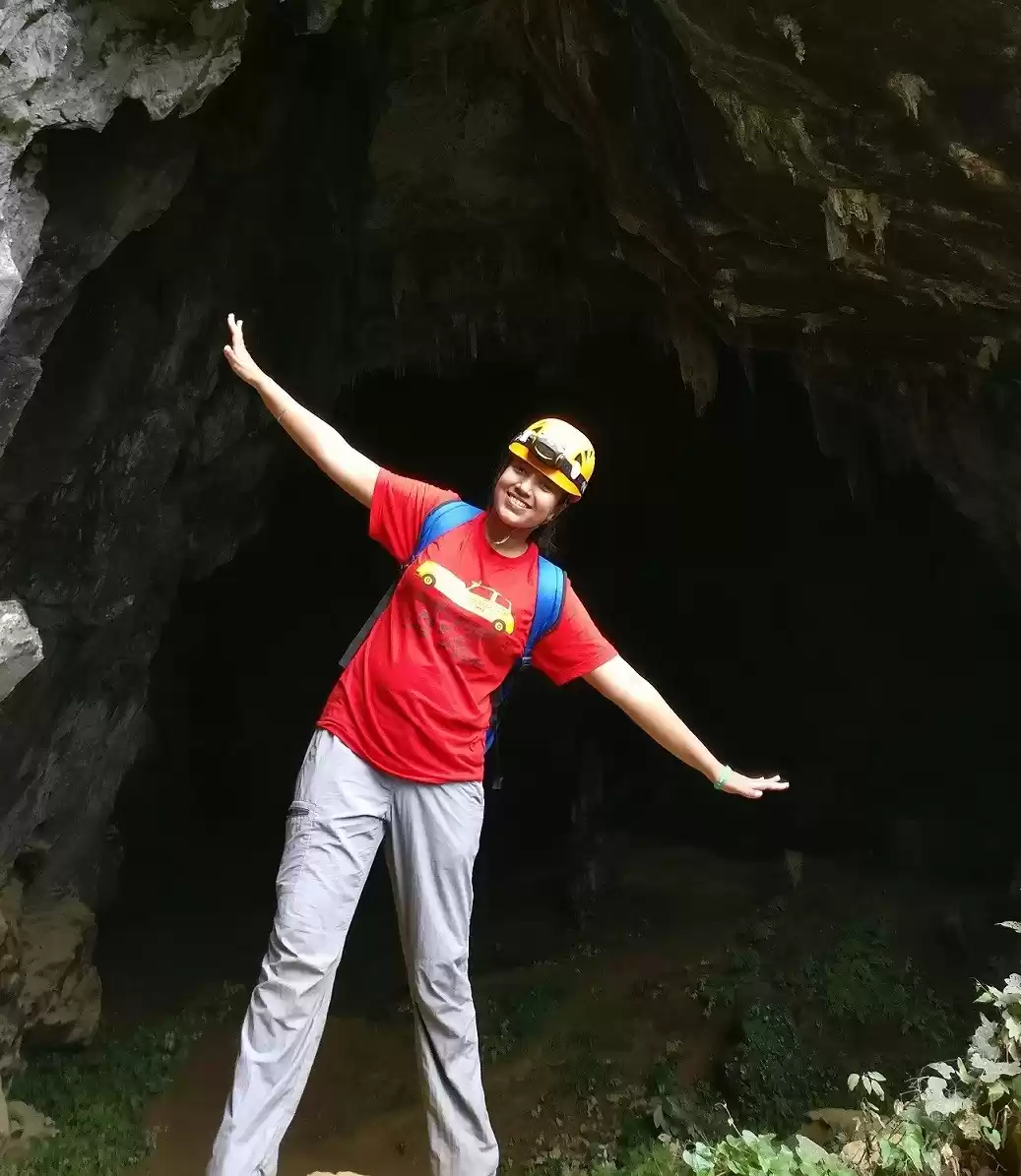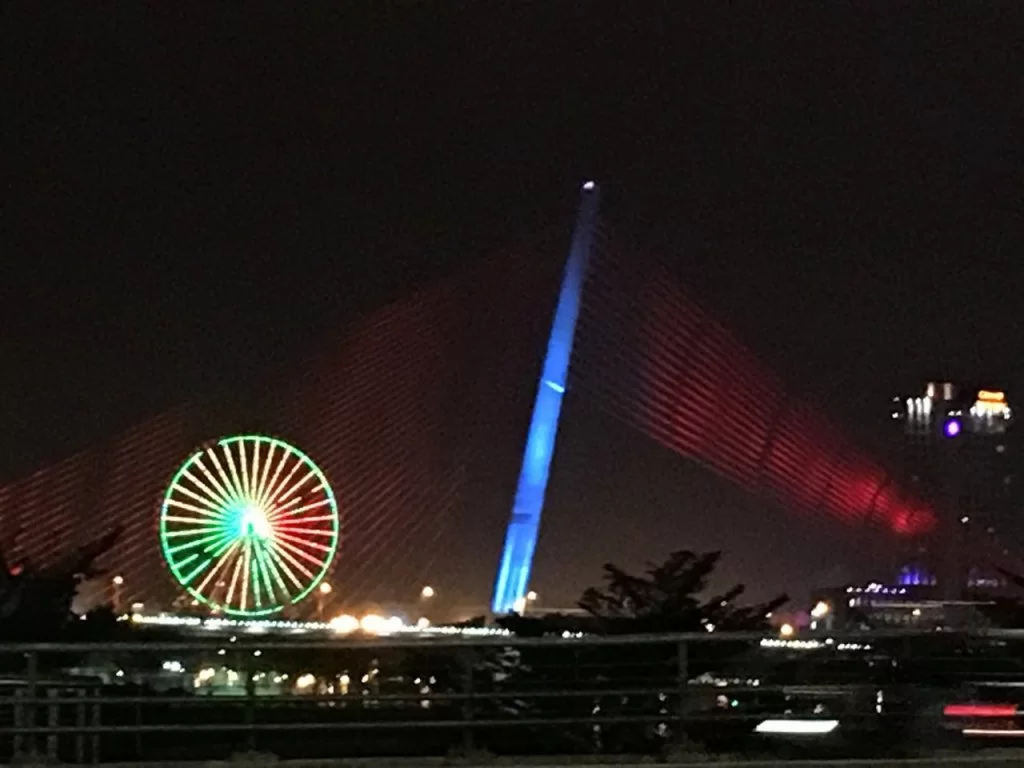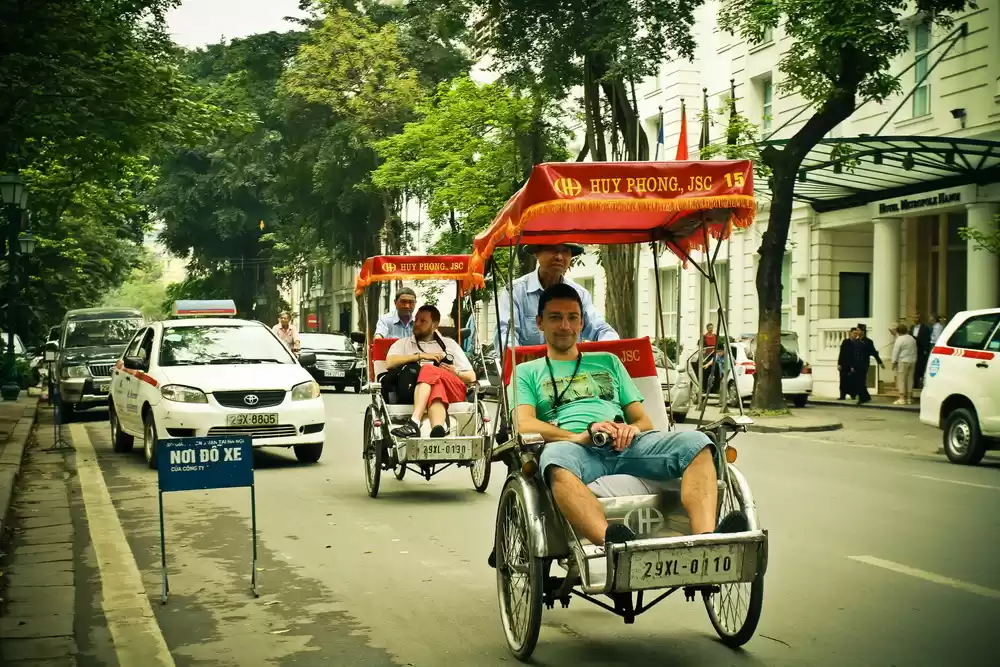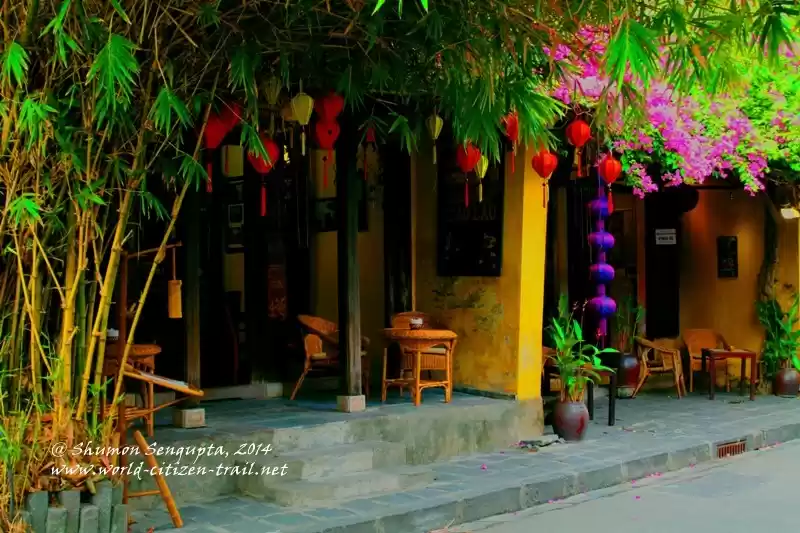
Surprised? It was equally surprising for us when we discovered this place while researching on Vietnam. Recognized by UNESCO as a world heritage site in 1999, Mỹ Son’s ancient Shiva temples from the 4th century draws thousands of tourists everyday. We were determined to explore My Son-a Hindu culture heritage in Vietnam during our stay in Da Nang.
Fun Fact: It is pronounced “Me-Saun”, with “n” being silent.

A little background
Believed to have existed and flourished during between the 4th and 14th century and constructed by the kingdom of Champa , the temples were dedicated to the worship of Lord Shiva. Champa dynasty comprised Cham people who once dominated maritime southeast Asia and were historically influenced by the Indian culture.

Restored, destroyed, restored
The cluster at one point in time had over 70 temples. Restoration of these structures began only in 1937 by French scholars. Majority of these in the center of the complex survived but the structural soundness continue to pose potential threats. Surrounding structures were revived between 1939 and 1943 but most of them were destroyed during U.S bombing during the Vietnam war.

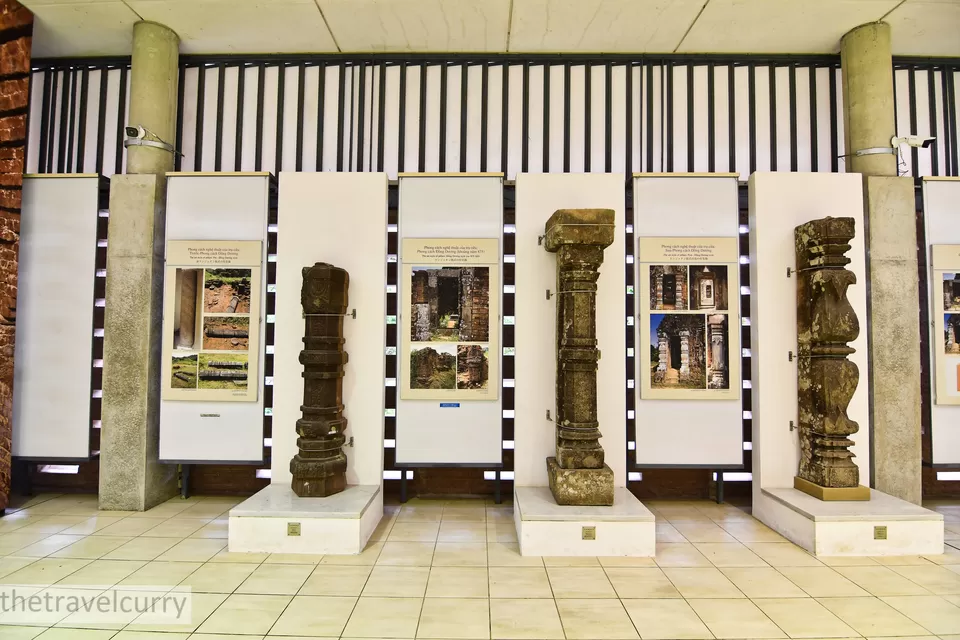
While statues and several artifacts have been moved to France or historical museums, rest of them have been set up in a museum inside the complex. The Government of India in association with Government of Italy and Japan chipped in for the maintenance of Mỹ Son. After all the place is an important part of our culture.
The journey inside
Alphabetically named as clusters A to H, Shiva Lingas are prominently found across the complex. Most of them stand next to the temples or inside museums. People then used to maintain records in Sanskrit and old Cham. Most of the inscriptions have been traced on stone slabs/pillars, of which 32 dating between 5th and 12th century have been found at Mỹ Son.

The beauty of the sanctuary lies in the natural surroundings which the authorities have tried to maintain. It transports you back in time when the Champa dynasty had flourished.
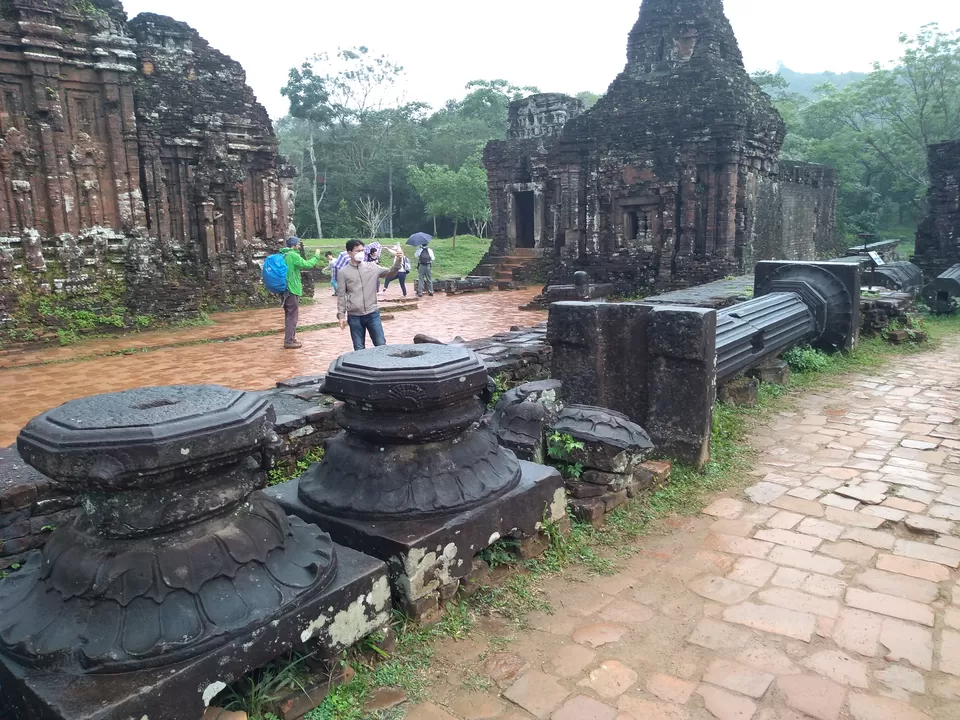
Most of the temples at Mỹ Sơn were made of red brick, and only one (the temple labelled B1) was made of stone. The stone carvings exude elegance while the outer wall designs embody grace. The process of the bricks sticking together and the process of carvings still remains a mystery till date.


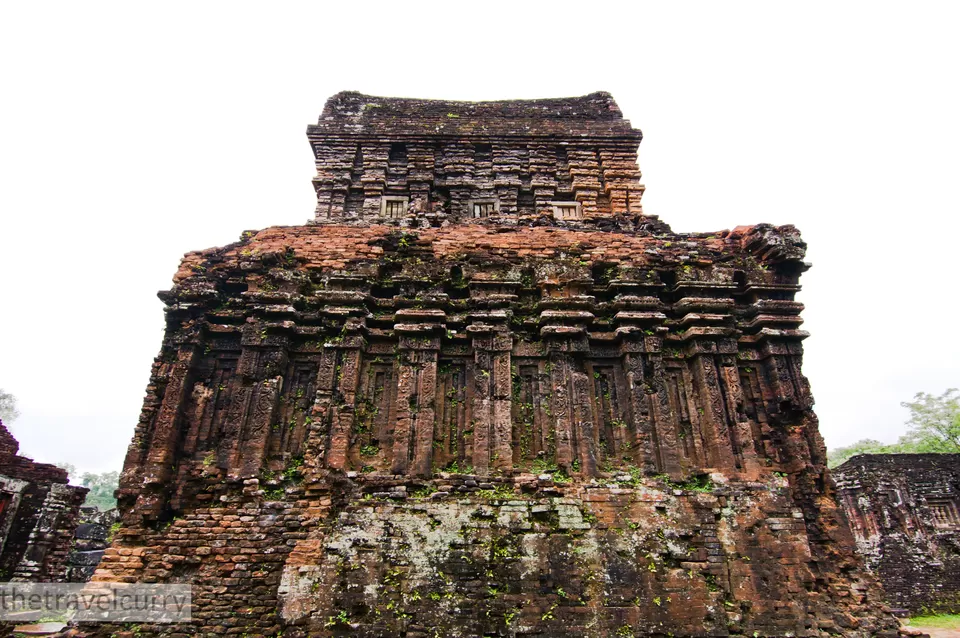
French and Polish explorers took great care in restoring the temple complex while maintaining its authenticity. The reconstruction work reflects the inspiration taken from inscriptions and preserved records. Thanks to UNESCO and several authorities who recognized the importance of the place and gave it a face-lift it deserved.

Time to spend:
The sanctuary is huge. It takes two to three hours to cover the whole place and more if you wish to explore every detail.
Amenities available:
Washroom, restaurants, souvenir shops, resting places, tour guide (paid). Not wheelchair friendly.
Ticket price:
150,000 VND (Vietnamese Dong). The cost includes a free shuttle ride of 2 km from the main entrance to the starting point and cultural performance.
Timing:
6:30 am to 5:30 pm
What to wear:
There’s no dress code. Advisable to wear clothes that cover your limbs as it may be hot, humid and will protect from insect bites. Shun heels, wear comfy shoes or floaters as you’d be required to walk a lot.
Location:
Located in Quam Nang district 68 km from Da Nang, the easiest way is to hire a taxi or hop onto your tourist bus. We rode a bike through the country side, soaking in the luscious greenery and scenic horizons. We were tempted to halt but the sky was heavy with rain clouds and we hurried before it rained. But it was not a lucky day. We had to run for shelter twice. It continued to rain after we entered the sanctuary, dampening our spirit. Left with no choice, we had to purchase raincoats for 15000 VND each from the souvenir shops .
Tip: Da Nang can experience rain any time. Safe to carry raincoat/umbrella.
If you have been to My Son, the Hindu Culture Heritage destination in Vietnam, do share your experience with us.
Check out another visit to UNESCO world heritage site in Himachal Pradesh.

